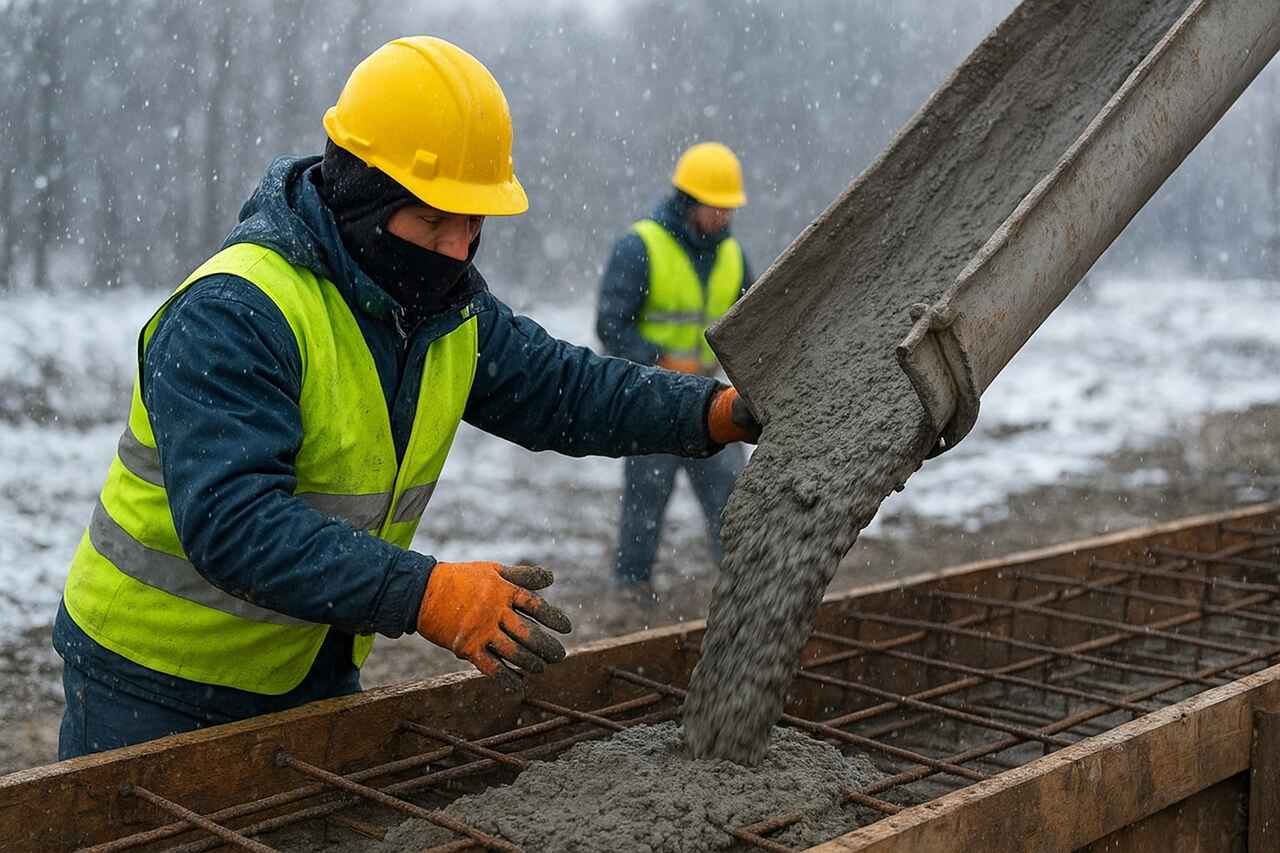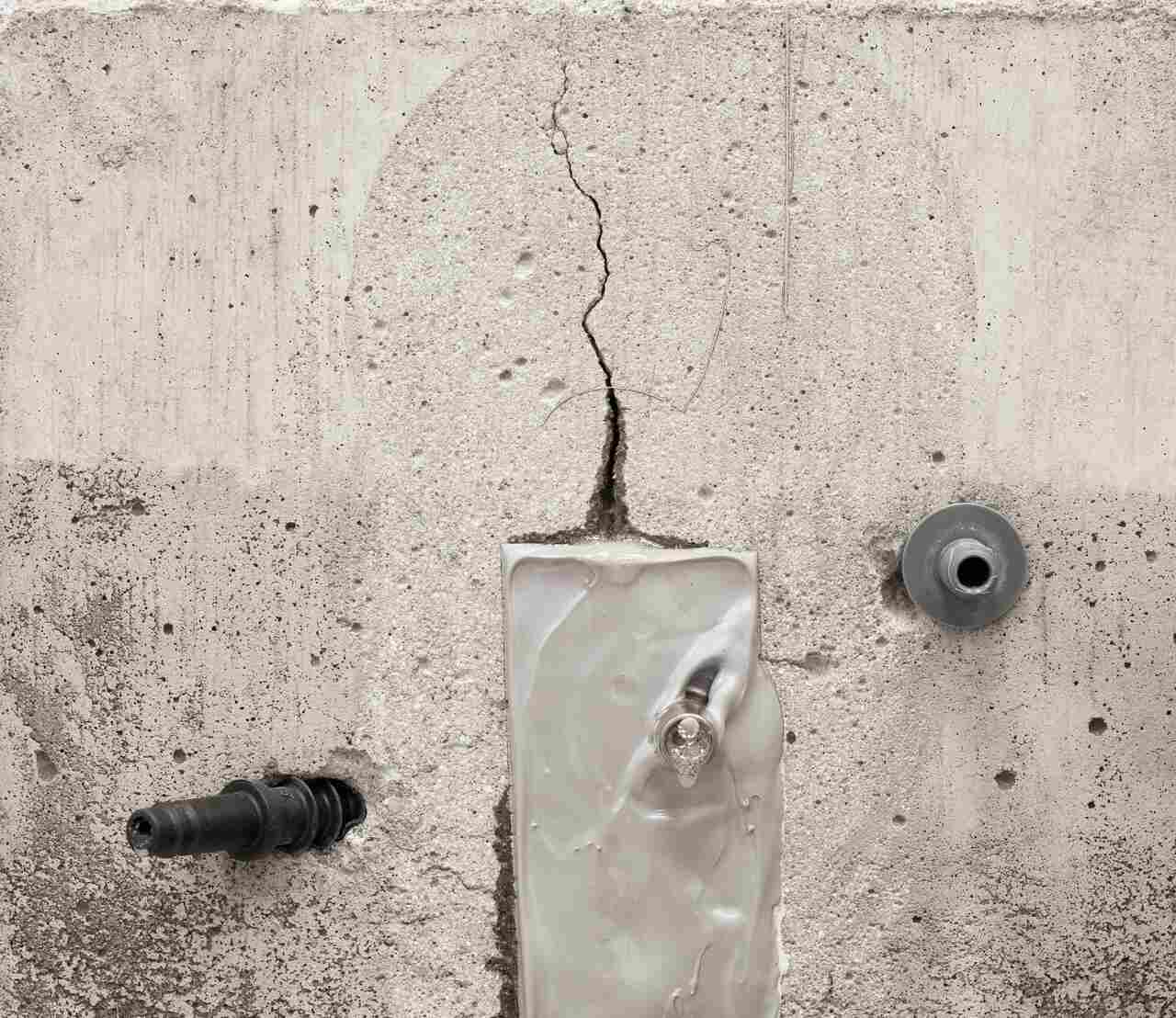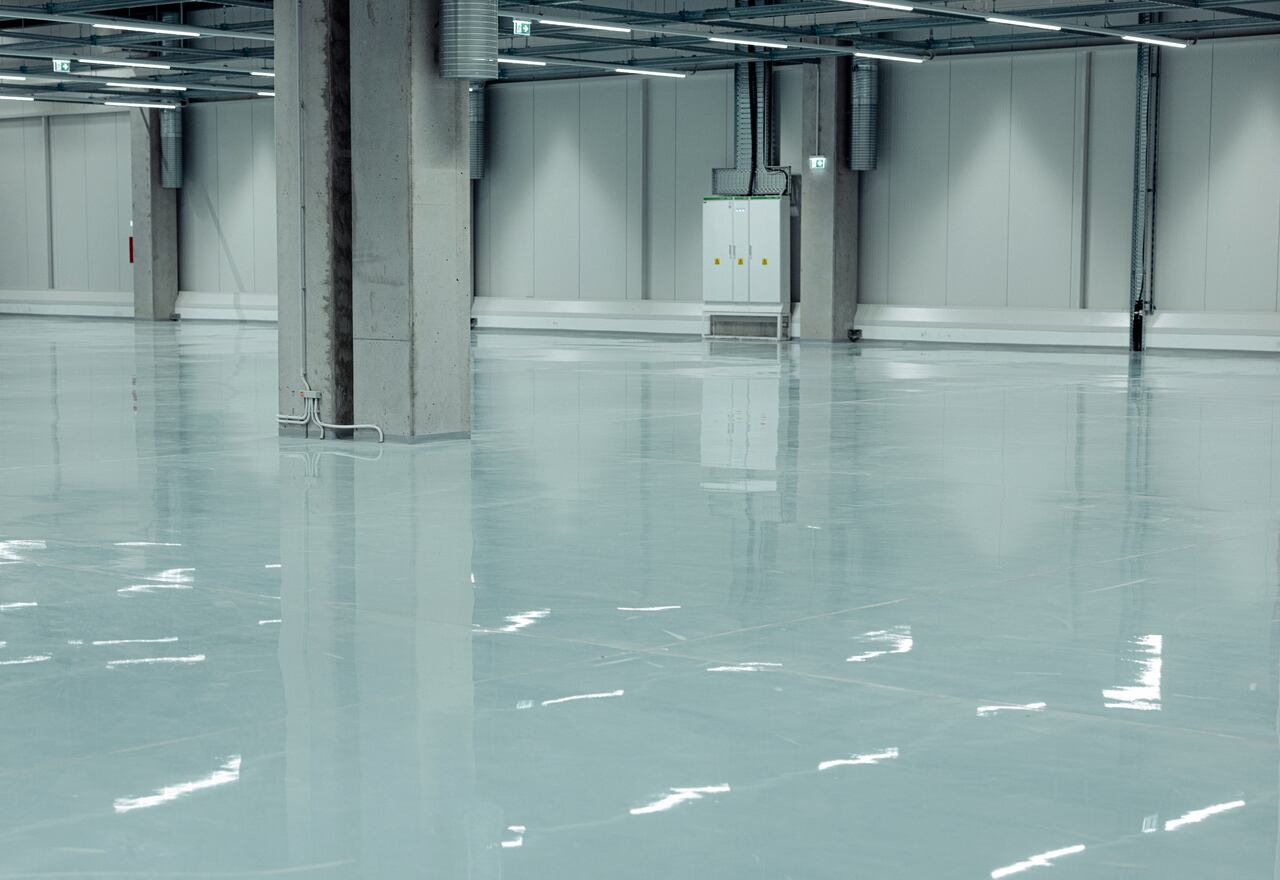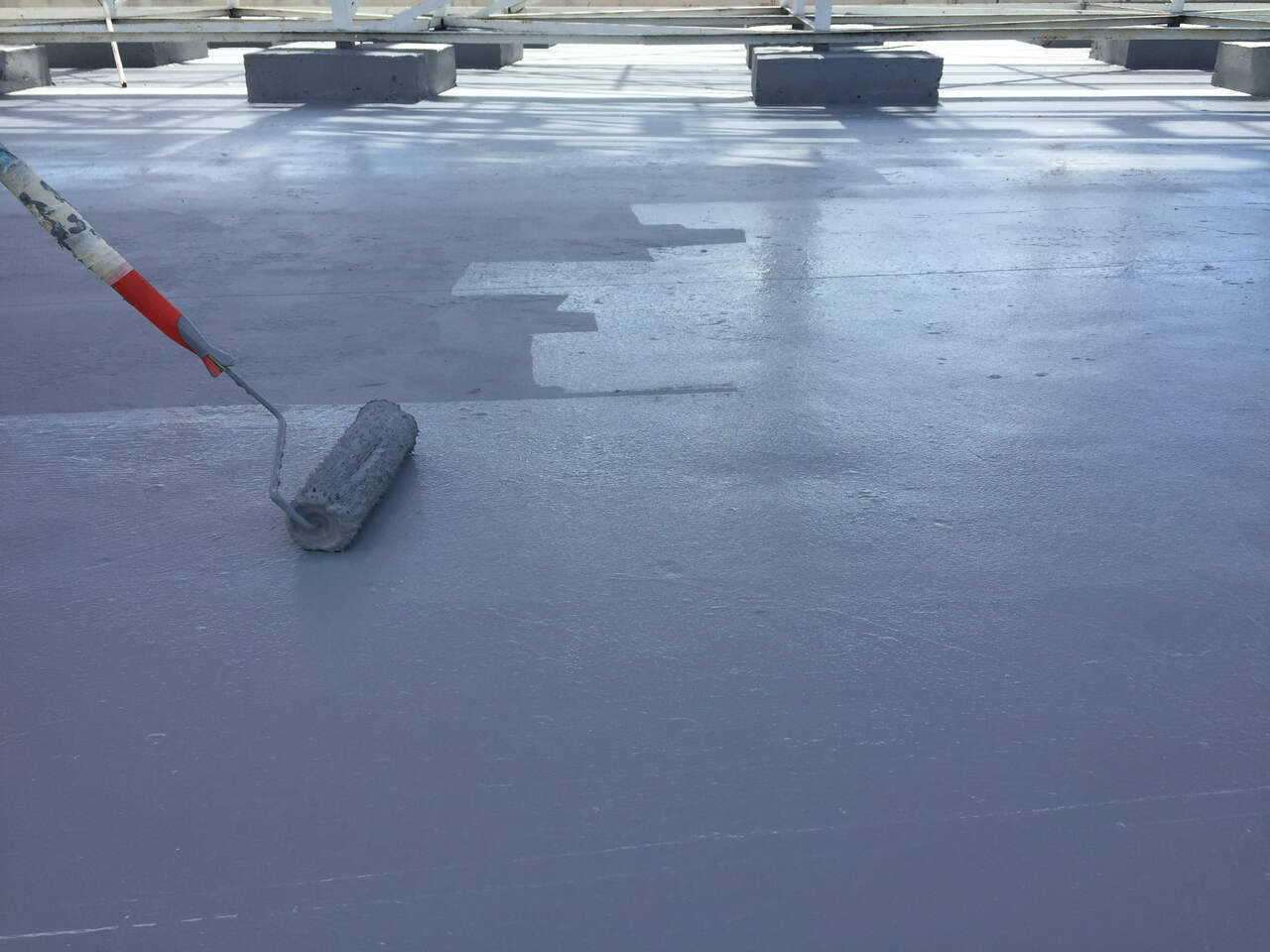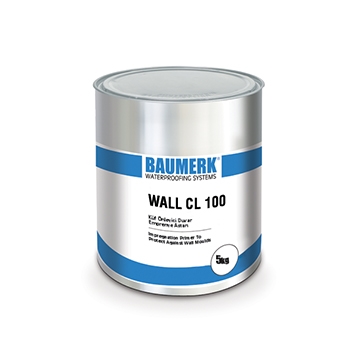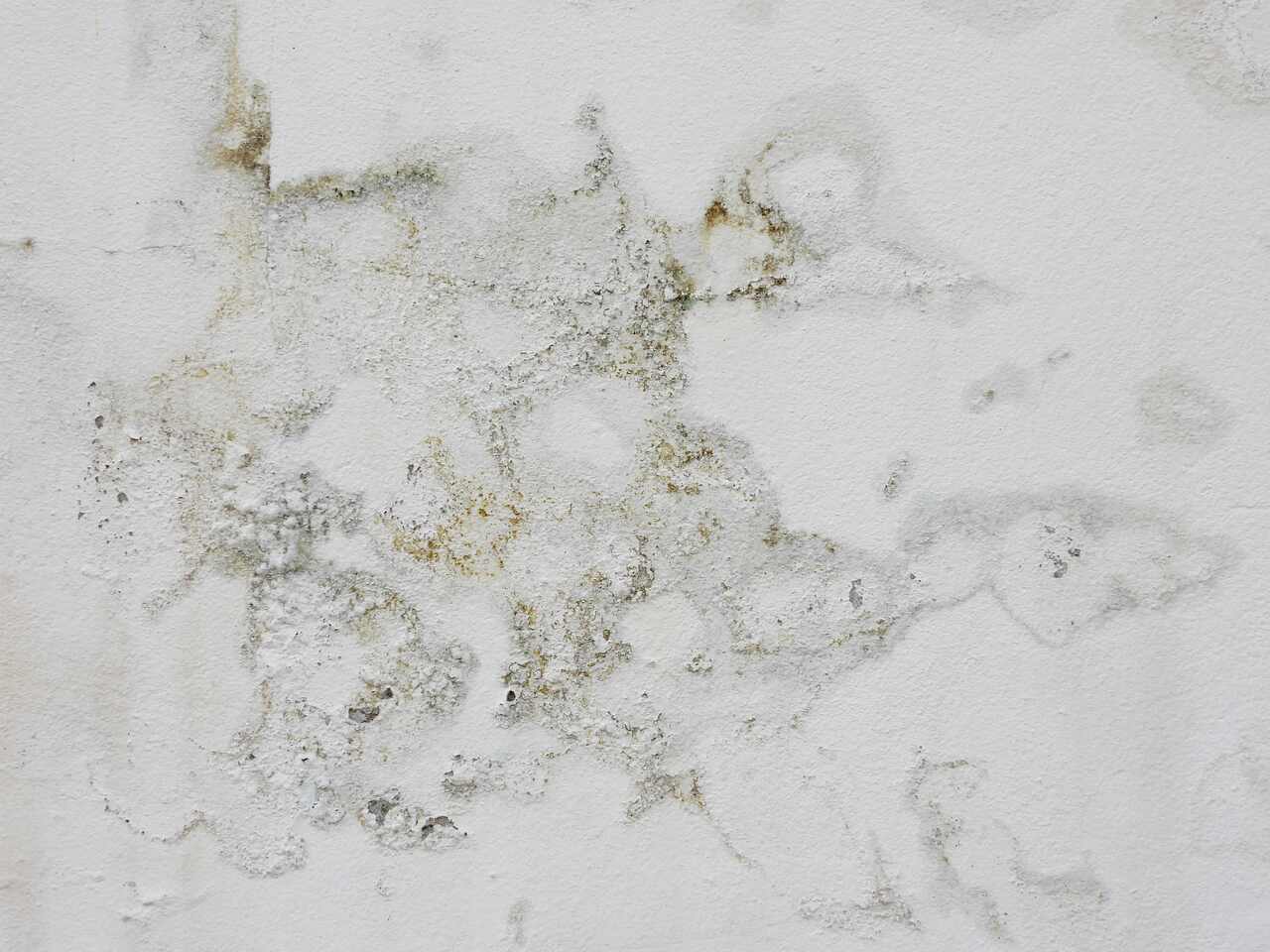
Mold growth in various parts of the home is a common building problem that affects both hygiene and aesthetics. Often found in kitchens and bathrooms, mold arises due to several factors. So, what is mold, how does it form on exterior façades and wet surfaces, and what can be done to prevent it?
As construction chemicals experts at Baumerk, we answer all your questions about mold formation.
What Is Mold?
Mold is a type of fungus that multiplies in humid environments. Indoor mold results from a combination of high humidity and temperature imbalances. Structural issues can also contribute to mold growth, causing unpleasant odors and poor air quality. Left unaddressed, mold can damage furniture and reduce the overall comfort of your home.
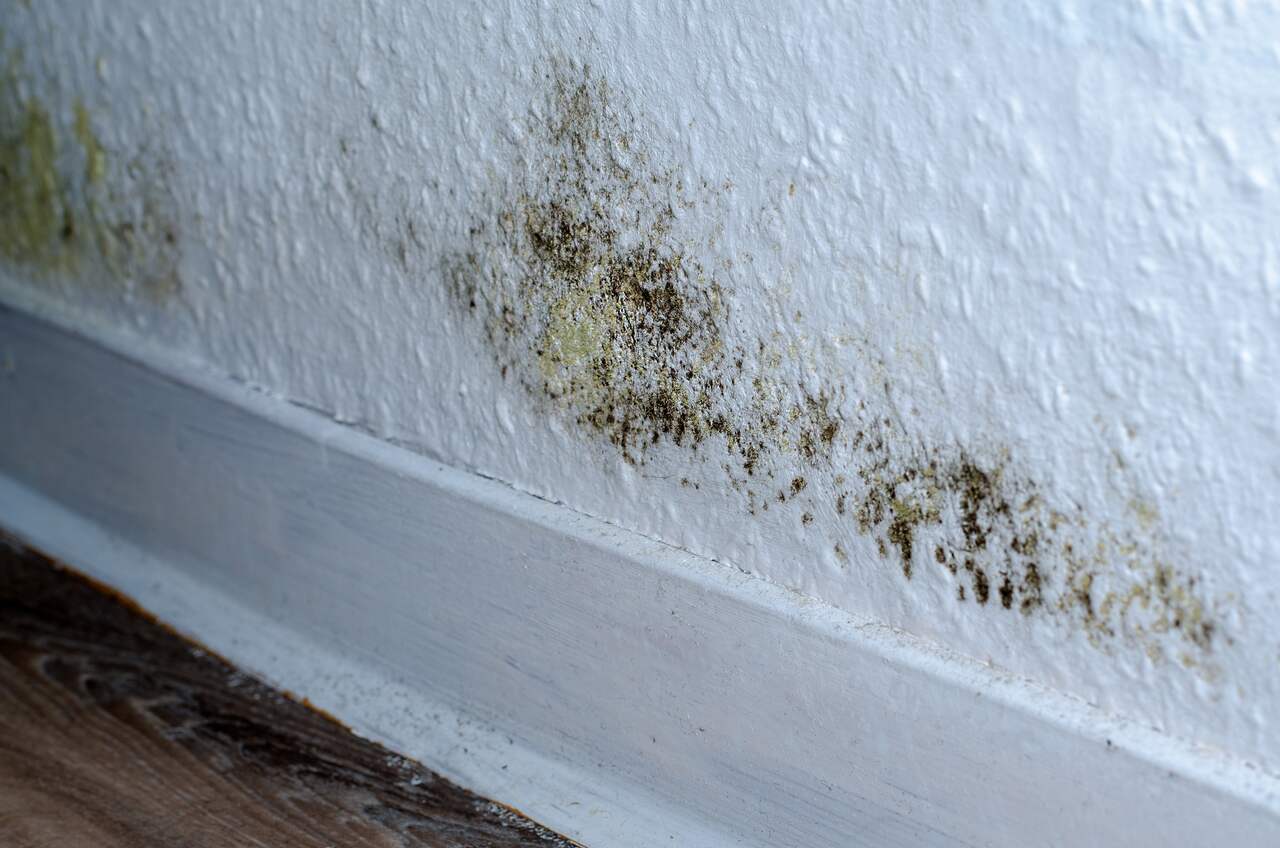
What Causes Mold at Home?
The primary cause of mold in homes is excessive accumulated moisture. This often manifests as dampness on walls, ceilings, and floors. Another major contributor is inadequate exterior insulation. Below are the key causes of mold formation at home:
Lack of Insulation and Water Leaks
Water leaks from windows, roofs, or pipes are primary contributors to moisture buildup. Inadequate waterproofing or thermal insulation allows water to seep indoors. Poorly sequenced applications or low-quality insulation materials can darken interior paints and foster mold and mildew growth beneath surfaces.
Lack of Ventilation
Both dampness and mold thrive in poorly ventilated spaces. Inadequate ventilation in wet areas like bathrooms and kitchens accelerates mold development.
High Humidity and Low Temperature
Humidity can also be caused by low temperatures. When combined with poor insulation, low temperatures lead to condensation and moisture accumulation on surfaces.
Moist Materials and Items
Leaving damp clothing or materials inside the home is another cause of humidity buildup. Items like wet towels stored in bathrooms contribute significantly to overall indoor humidity.
Damp walls, bathroom ceilings, and wet floors are not just cosmetic issues—they can compromise the structural health and lifespan of your home. So what are the risks of mold forming on ceilings, windows, and walls?
What Are the Harms of Mold in the Home?
If mold and the associated poor air quality are not addressed, they can cause various health, structural, and hygiene problems. A mold-infested home can trigger respiratory diseases. Odors, stale air, and high humidity can lead to allergies, asthma, and skin conditions like eczema. The key issues caused by mold include:
-
Skin irritation such as itching, redness, or burning sensations,
-
Increased presence of dust mites, making breathing more difficult,
-
A worn, neglected appearance that lowers aesthetic value,
-
Decreased property value and diminished living comfort.
For more about how to manage humidity, see our article: What Is Dampness, Why Does It Occur, and How to Prevent It?
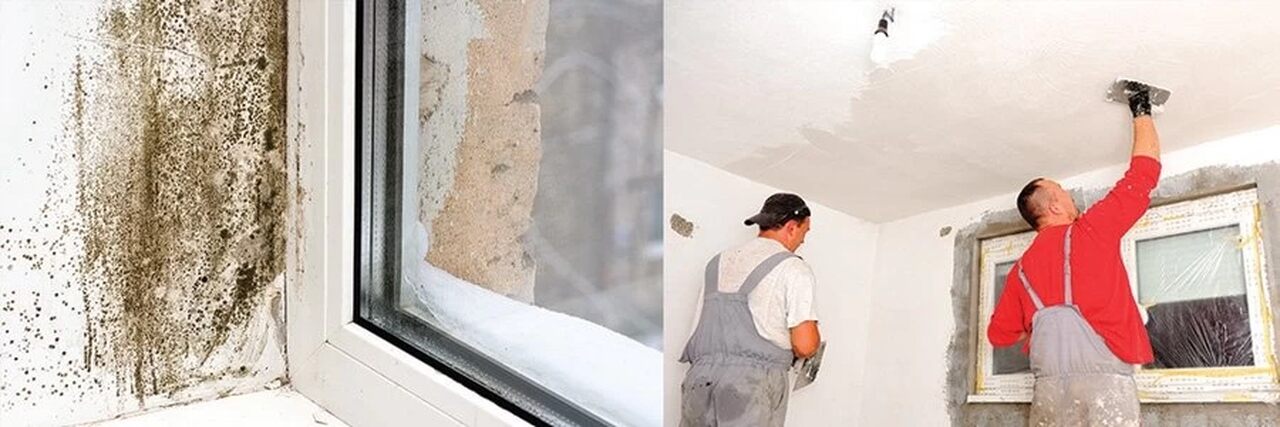
How to Prevent Mold in Homes
It’s important to act early to prevent mold in your home. For example, repairing water leaks as soon as they appear is crucial. Similarly, regularly ventilating your home—even for just 15 minutes daily—can significantly reduce the risk. Key methods for preventing mold include:
Regular Cleaning and Ventilation
One way to prevent mold is by cleaning damp areas frequently. Use detergent to clean surfaces in high-moisture areas like bathrooms, kitchens, and window frames to remove organic residues.
Ensure that all rooms are ventilated daily for at least 15 minutes. Proper air circulation removes moisture-laden air. Without ventilation, mold can thrive in stagnant air. Therefore, both cleaning and ventilation are essential strategies in mold prevention.
Using Anti-Mold Products
When mold begins to appear, the use of sprays, paints, or primers is recommended. In areas like bathrooms and kitchens, anti-fungal cleaning agents or mold-resistant primers can be highly effective. Anti-mold primers are suitable for interior surfaces. For example, Baumerk’s WALL CL 100 – Anti-Mold Wall Impregnation Primer cleans and protects moldy walls.
Controlling Humidity Levels
The ideal indoor humidity level is between 40% and 60%. Higher levels create a favorable environment for mold growth. Use a hygrometer to monitor humidity. If the humidity is too high, you can temporarily use dehumidifiers to reduce moisture in the air. Additionally, avoid drying laundry indoors, and always use exhaust fans or ventilators during cooking or showering. These measures prevent humidity accumulation and eliminate microenvironments where mold may form.
Repairing Water Leaks
Roofing, window seals, plumbing pipes, and inadequate exterior insulation are common sources of leakage. Timely repairs and structural reinforcement help eliminate the root cause of leaks.
In repair applications, high-quality construction chemicals, waterproofing products, and proper techniques offer permanent and effective solutions. Visit our Repair and Reinforcement Systems page to find the materials suited to your needs.
That concludes our guide on why mold forms in homes and how it can be prevented. For more insights into structural issues and their solutions, check out our blog.
